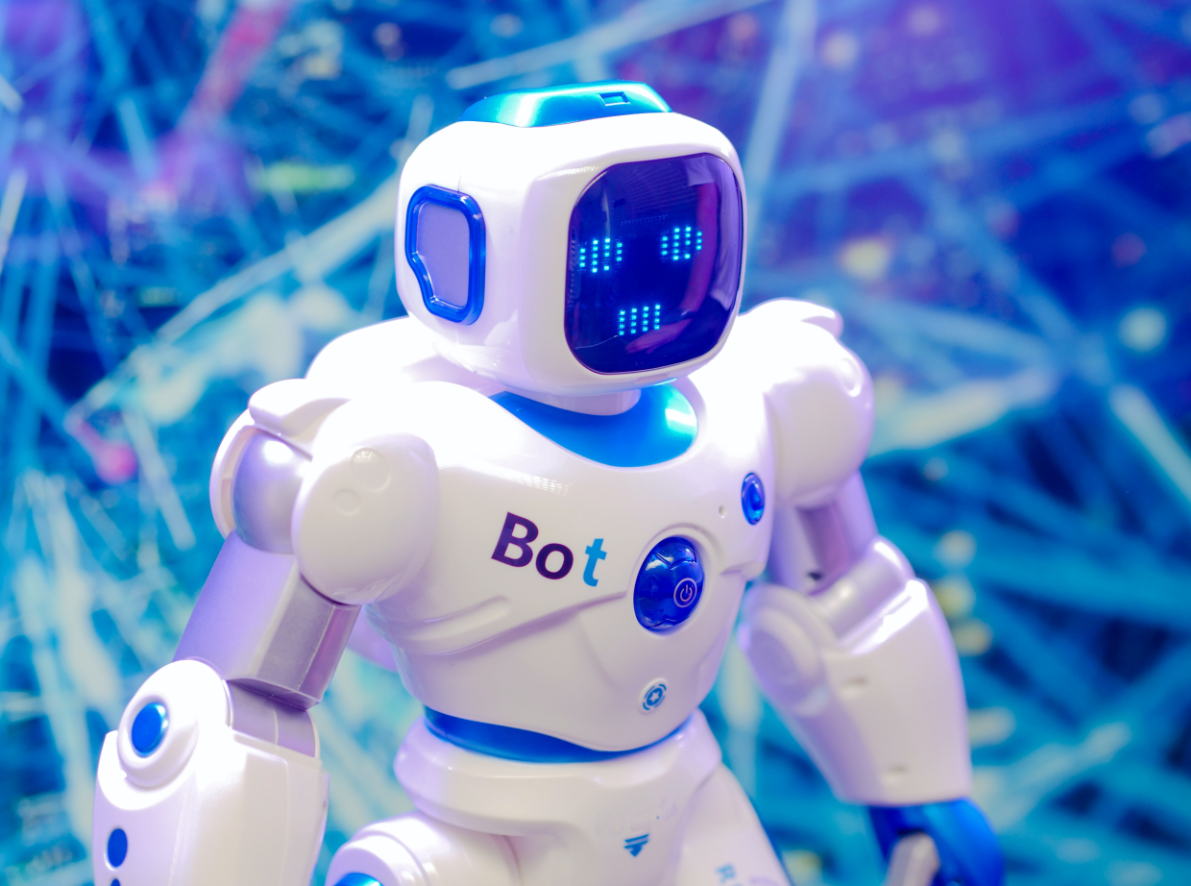
Artificial Intelligence (AI) and Machine Learning (ML) are rapidly transforming the workplace by streamlining processes, enhancing productivity, and improving decision-making. These technologies are becoming essential for businesses to stay competitive in a constantly evolving marketplace. In this blog, we will discuss the benefits, challenges, and future outlook of AI and machine learning in the workplace.
Benefits of AI and Machine Learning in the Workplace:
Automation of Repetitive Tasks: AI and ML can automate repetitive tasks, freeing up time for employees to focus on more complex and creative tasks. This not only increases efficiency but also reduces errors, resulting in a better overall performance.
Improved Decision-Making: AI and ML can analyze vast amounts of data and provide valuable insights, allowing companies to make more informed decisions. These insights can help identify trends, patterns, and potential issues before they become critical, leading to better outcomes.
Personalization: AI and ML can personalize customer experiences by analyzing data and understanding customer behavior. This allows businesses to tailor their products and services to meet the needs of their customers, leading to greater customer satisfaction and loyalty.
Cost Reduction: AI and ML can reduce costs by automating tasks and optimizing processes. This can result in a significant reduction in labor costs and increased efficiency.
Challenges of AI and Machine Learning in the Workplace:
Data Quality and Privacy: AI and ML rely heavily on data, and the quality of the data can significantly impact the accuracy of the results. Data privacy is also a significant concern, and businesses must ensure that customer data is protected.
Talent Gap: There is a shortage of professionals with the necessary skills to implement and manage AI and ML systems. This has led to increased competition for talent and higher salaries, making it challenging for smaller businesses to compete.
Bias: AI and ML systems can be biased if the data used to train them is biased. This can lead to inaccurate results and potentially harmful outcomes. Businesses must ensure that their data sets are diverse and representative to prevent bias.
Future Outlook of AI and Machine Learning in the Workplace:
AI and ML are poised to continue to transform the workplace. As technology advances and becomes more accessible, we can expect to see further integration of these technologies into all aspects of business operations. Some of the key trends to look out for include:
Greater Use of Natural Language Processing (NLP): NLP will allow machines to understand and interpret human language, leading to more natural interactions between humans and machines.
Edge Computing: Edge computing will allow for faster and more efficient processing of data, making it possible to run AI and ML algorithms on devices such as smartphones and tablets.
Increased Automation: As AI and ML become more advanced, we can expect to see increased automation of tasks, leading to greater efficiency and cost savings.
Conclusion:
AI and ML are rapidly transforming the workplace, and businesses that fail to adopt these technologies risk falling behind. While there are challenges to implementing these systems, the benefits are undeniable. With the right approach, businesses can leverage AI and ML to improve productivity, streamline processes, and enhance decision-making. As technology continues to evolve, we can expect to see further advancements in AI and ML, leading to even greater opportunities for businesses.

